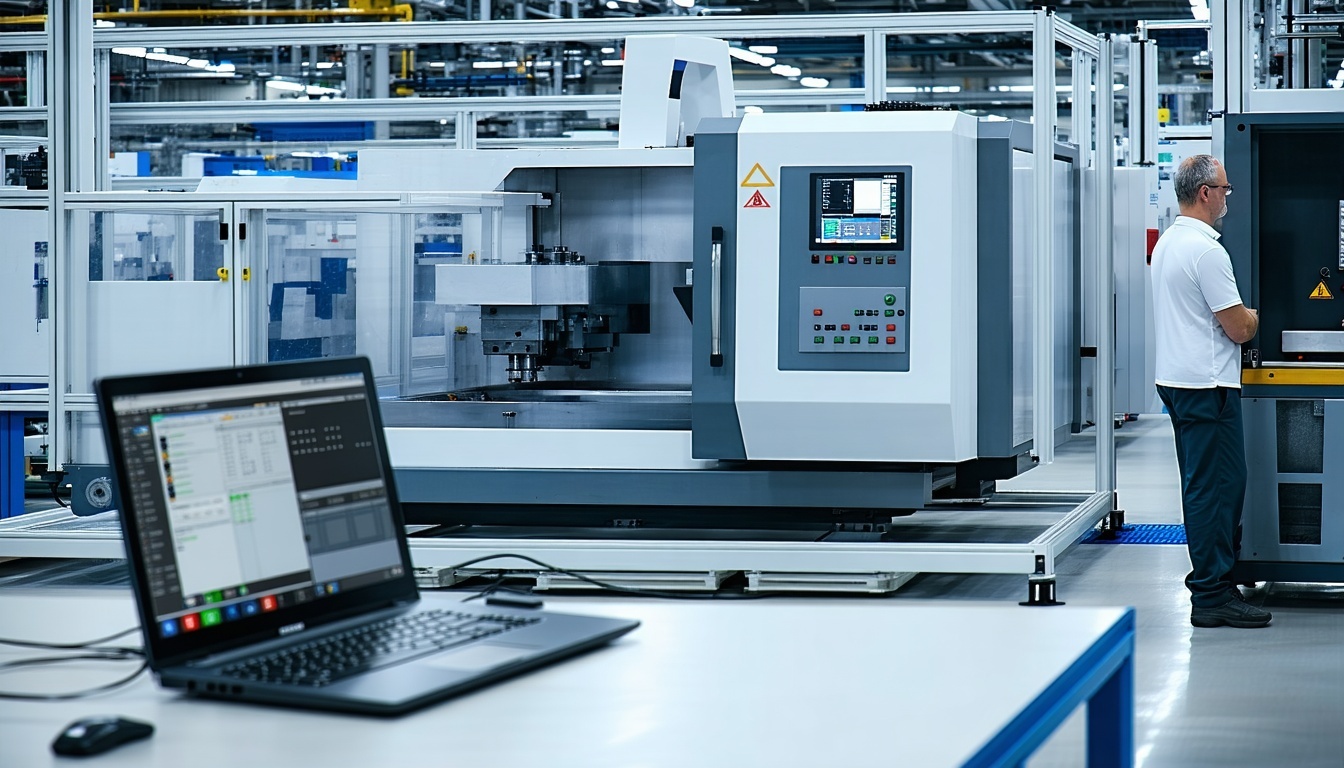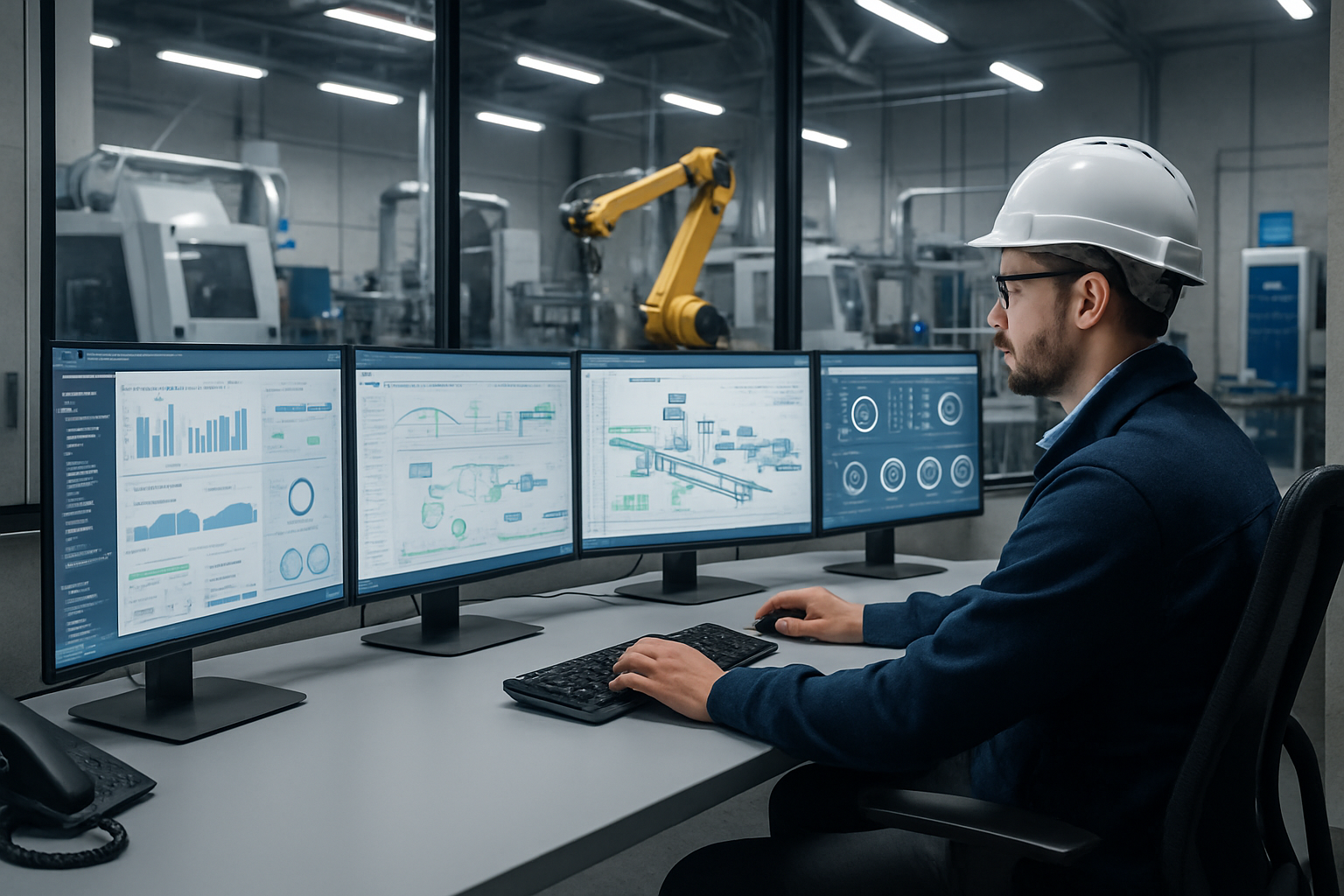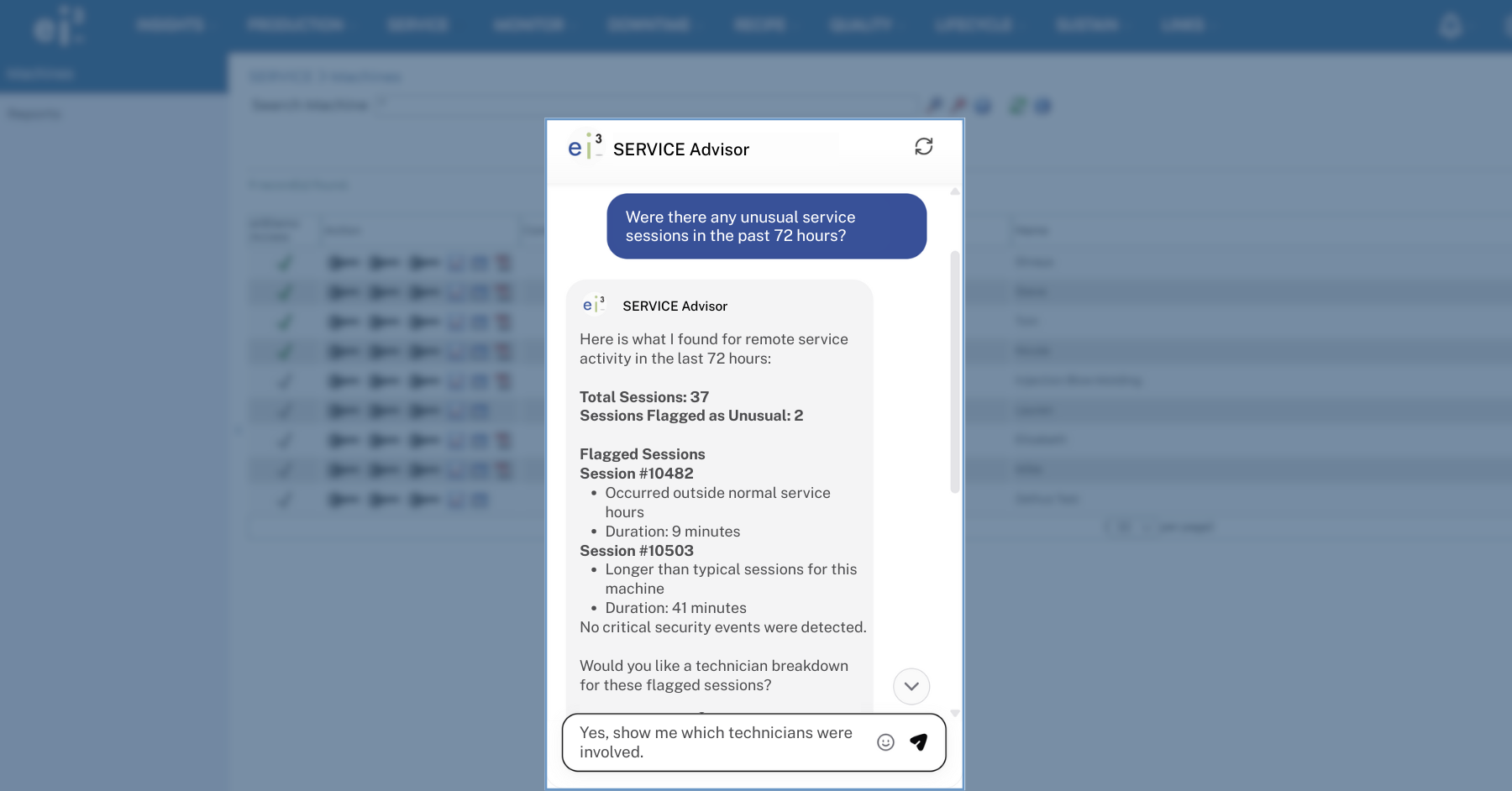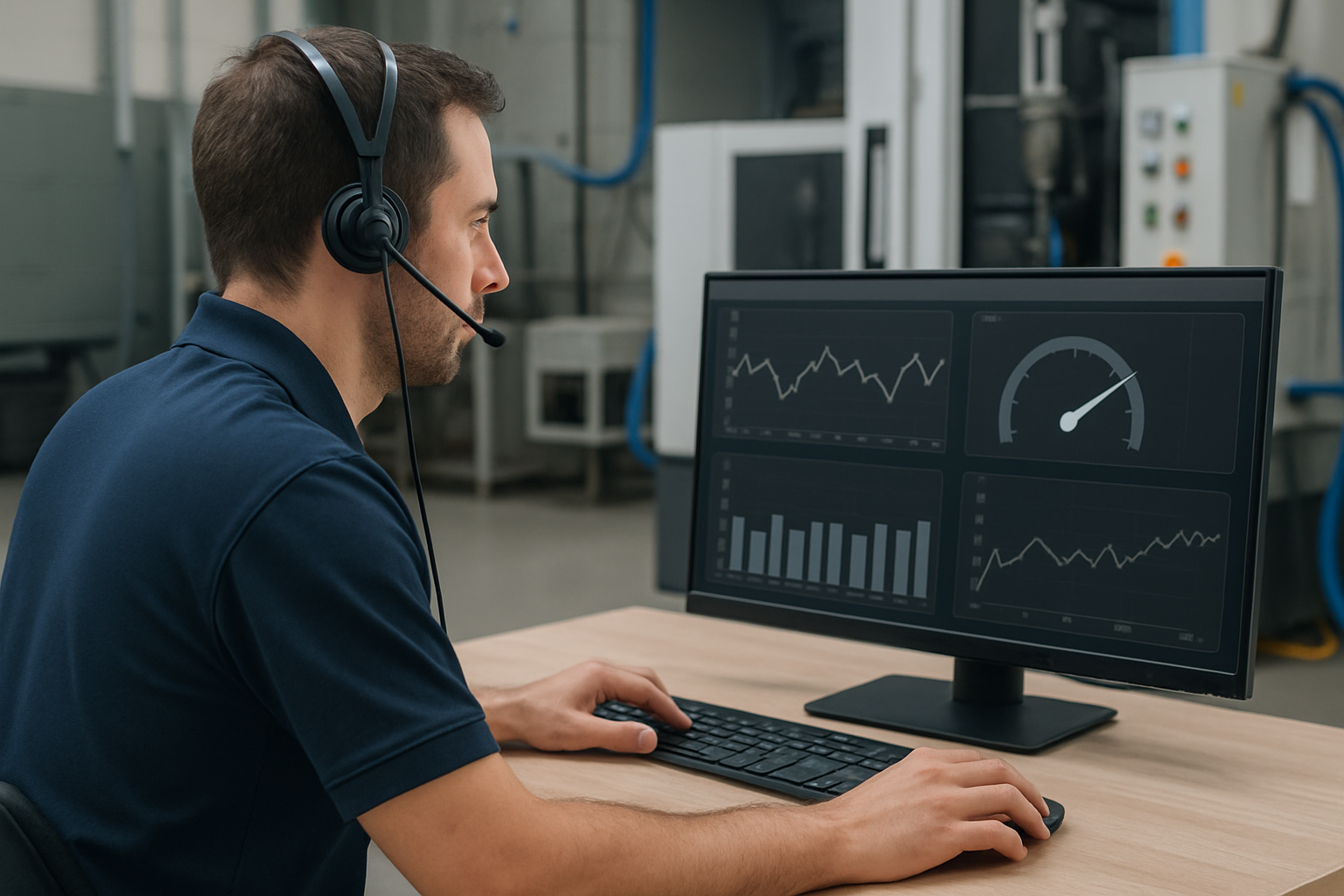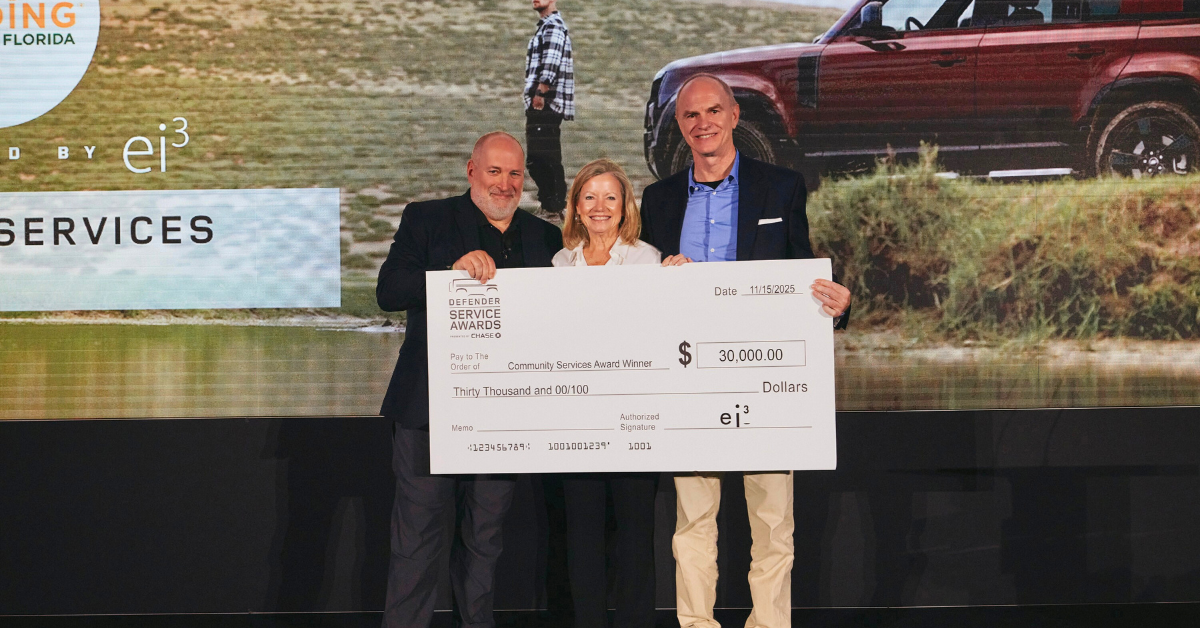ei3's white-label cloud solutions enable machinery manufacturers to offer comprehensive Industry 4.0 capabilities, connecting thousands of industrial devices across 90+ countries through strategic OEM partnerships.
Industry 4.0 — the internet of things for manufacturing — continues gaining momentum across industrial sectors. While true Industry 4.0, where every production machine and factory is interconnected, remains decades away, companies like ei3 Corp. are making significant progress by focusing on practical, immediate solutions.
Founded in 1999 and based in Pearl River, N.Y., ei3 sets up cloud-based Industry 4.0 systems with a unique approach. CEO Spencer Cramer explains that ei3 concentrates on middle-tier industrial clients, especially manufacturers of machinery in plastics, paper, converting, printing, packaging, and other areas.
Why machinery OEMs are the key to Industry 4.0 adoption
Working with machinery companies provides the most effective path for Industry 4.0 to reach the broad manufacturing world. "We really believe that for the internet of things, the biggest opportunity is for machinery OEMs," Cramer says.
Machine builders install hardware on their equipment while ei3 software helps connect the data to the cloud. As Cramer explains in his blog, "Machine builders have a deep base of equipment knowledge and understand manufacturing best practices. This makes the delivery of internet of things services a natural extension of the engineering-driven relationship between machine builders and their customers."
The power of white-label solutions
ei3 operates as a "white label solution," working behind the scenes for equipment clients with software that meshes seamlessly with theirs. This approach allows machinery manufacturers to offer comprehensive Industry 4.0 capabilities under their own brand while leveraging ei3's proven technology platform.
ei3 officials report connecting thousands of industrial devices in more than 90 countries. Notable plastics industry partnerships include Bobst Italia SpA, an Italian maker of printing equipment for flexible materials, and Milacron Holdings Corp.
Milacron 4.0: A success story in remote connectivity
ei3 powers Milacron 4.0, which securely connects Milacron equipment to the cloud, linking customers to a full suite of services. These capabilities include:
- Remote monitoring of molding plant operations
- Equipment management and maintenance from anywhere in the world
- Cloud-based troubleshooting that resolves most problems online in less than two hours
- Interactive parts catalog access
- Alerts for predictive maintenance
- Recipe functions for mold changes
- Historical downtime data analysis
Michael Prachar, Milacron's vice president of marketing of global injection machinery, explains the value proposition: "When you move the information to the cloud, it allows access anywhere. They have the ability to see and monitor a fleet of machines anywhere in the world."
Building momentum through proven results
Milacron launched Milacron 4.0 at the K 2013 show in Germany. Prachar notes that processors typically start by trying the system on a few machines, and operations teams quickly recognize the value and convenience.
The partnership between Milacron and ei3 spans five years. "We partnered with them. They were in that space, and it made sense for us to work together and take this concept of technology to the plastics industry together," Prachar says.
Expanding expertise and capabilities
In late June, ei3 hired Dan Lillback as director of business development. Lillback brings six years of Milacron experience, progressing from director of customer service to director of North American aftermarket. At Milacron, he helped establish the company's eStore, developed advanced customer analytics, and supported the initial stages of Milacron 4.0.
Before joining Milacron, Lillback spent twelve years at retailer Macy's, leading customer service call centers. This diverse background demonstrates that effective customer service principles apply across industries, whether addressing credit card questions or remote spare parts ordering for injection molding machines.
Current adoption and future outlook
When asked about current Industry 4.0 adoption among molders, Prachar acknowledges that nobody is implementing "full" Industry 4.0 today. However, the situation continues evolving. "We'll see it continue to expand," he says.
Milacron customers currently use remote monitoring and analytics, along with thresholds and alerts. "The alerts is a commonly used feature for those who are engaging in this," Prachar notes.
Industry standards driving broader adoption
Industry-wide standards will be crucial for achieving full interconnectivity between different equipment brands. Euromap 77 represents the new European standard for data exchange between injection molding machines and central computers or manufacturing execution systems (MES).
For Industry 4.0 to gain full momentum in plastics, Euromap 77 needs adoption in other regions, especially the United States and Asia.
Looking ahead: Augmented reality applications
Cramer envisions future applications including augmented reality for remote service support. Unlike virtual reality, augmented reality allows users to see actual objects in their line of sight through special glasses.
A remote service person could guide a machine operator wearing augmented reality glasses, with both seeing the same view. The service technician can overlay drawings or instructional guides that appear in the operator's field of vision. "It's as if he was there seeing the same thing through the same eyes," Cramer explains.
This technology represents the next evolution in remote support capabilities, further reducing the need for on-site service visits while improving problem resolution speed and effectiveness.
